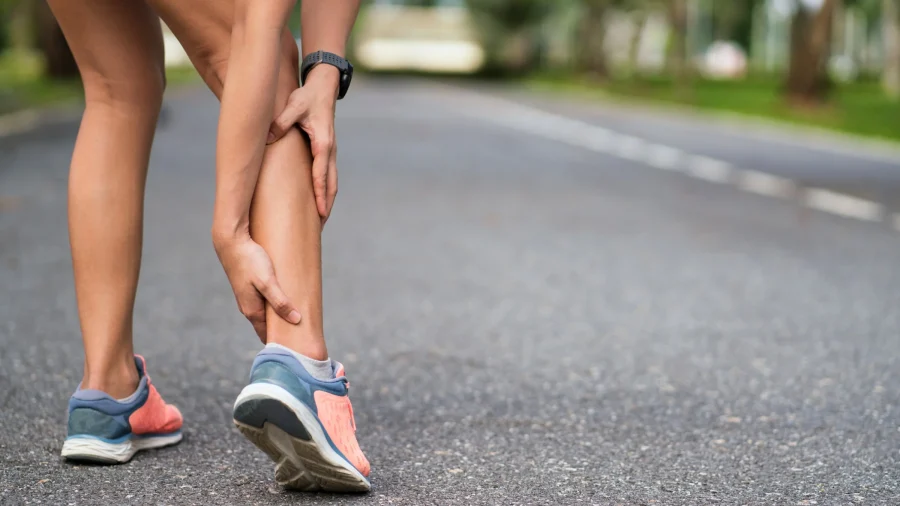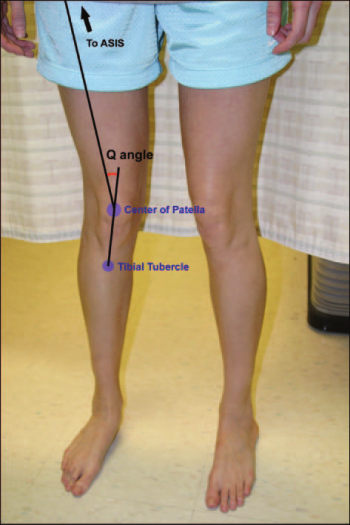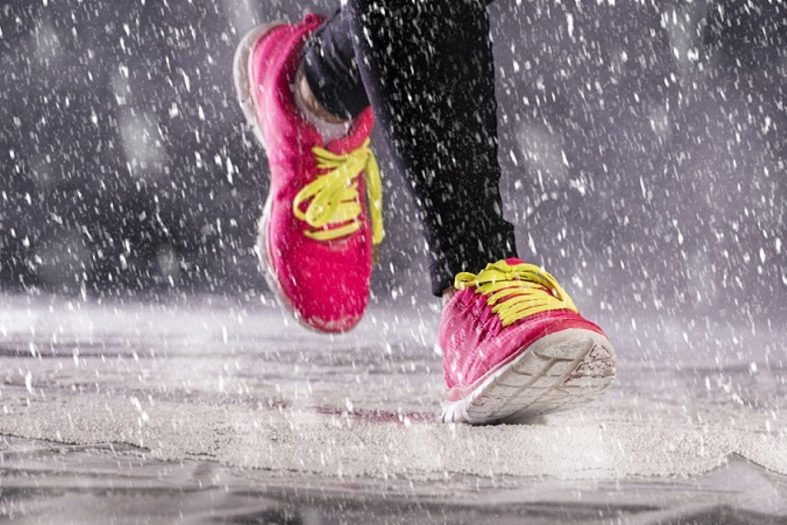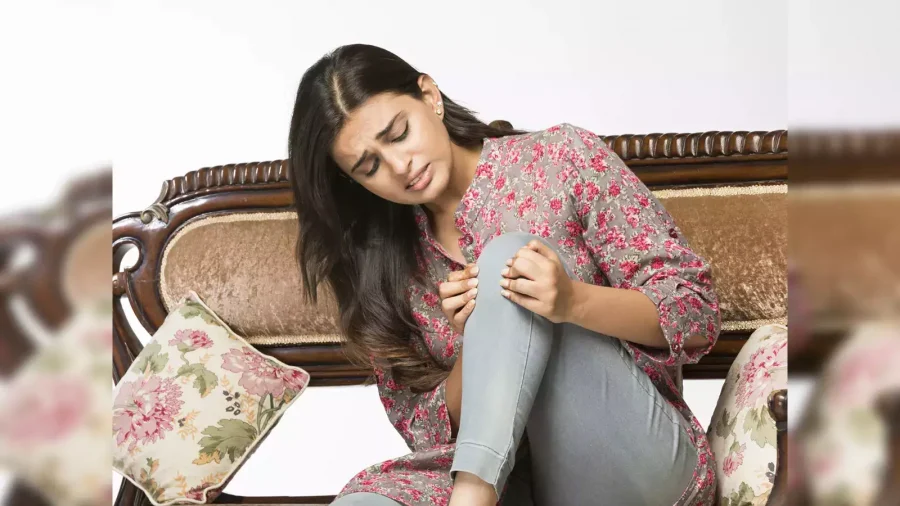Women are more susceptible to stress injury due to a combination of anatomical, hormonal, and lifestyle factors.
Common stress injuries, resulting from repetitive activity and overuse, include fractures, Shin Splints, Plantar Fasciitis, Patellofemoral Pain Syndrome (Runner’s Knee), Iliotibial Band Syndrome (ITBS), Achilles Tendinitis, Tennis Elbow (Lateral Epicondylitis), Golfer’s Elbow (Medial Epicondylitis), Rotator Cuff Tendinitis, Carpal Tunnel Syndrome.

Reasons why Females are more prone to stress injury:
Anatomical Differences
Wider Pelvis: Women generally have a wider pelvis, which affects the alignment of the legs and knees, increasing the risk of stress on the lower limbs, especially in activities like running and jumping.
Lower Bone Density: On average, women tend to have lower bone density than men, making their bones more susceptible to stress fractures, particularly in high-impact activities.
Joint Laxity: Women often have greater joint laxity (looser ligaments), and face instability in joints like the knees and ankles, increasing the likelihood of overuse injuries.
Hormonal Factors
Menstrual Cycle: Hormonal fluctuations during the menstrual cycle can impact muscle and ligament strength. For example, during the luteal phase (post-ovulation), there may be increased joint laxity due to elevated levels of the hormone relaxin, leading to a higher risk of injury.
Estrogen Levels: Estrogen, a key hormone in women, plays a role in bone density. Lower estrogen levels, such as during menopause, can lead to decreased bone density, making stress fractures more likely.
Biomechanical Factors

Q-Angle: Women typically have a larger Q-angle (the angle between the hip and knee), which can increase the stress on the knees, making them more prone to conditions like patellofemoral pain syndrome (runner’s knee).
Muscle Imbalances: Women may have different muscle strength ratios, particularly between the quadriceps and hamstrings, which can affect knee stability and contribute to overuse injuries like iliotibial band syndrome (ITBS) or anterior cruciate ligament (ACL) injuries.
Choice of Sport

Participation in High-Risk Sports: Women who participate in sports that involve repetitive movements, such as running, gymnastics, or ballet, are at a higher risk for stress injuries due to the constant strain on specific parts of the body.
Footwear and Equipment: Improper or ill-fitting footwear, particularly in activities that require a lot of running or jumping, can exacerbate the risk of stress injuries. This is especially relevant if shoes are not designed with women’s biomechanics in mind.
Nutrition and Energy Availability
Relative Energy Deficiency in Sport (RED-S): Women, particularly athletes, may be at risk for RED-S, a condition where energy intake is insufficient to meet the demand of training. This can lead to a decrease in bone density, irregular menstrual cycles, and an increased risk of stress fractures and other overuse injuries.
Nutritional Deficiencies: Inadequate intake of calcium, vitamin D, and other nutrients essential for bone health can increase the risk of stress injuries.
Post-Menopausal Factors

Osteoporosis: Post-menopausal women are at a higher risk of developing osteoporosis due to the decrease in estrogen levels, which can lead to weakened bones and a higher likelihood of stress fractures.
Training and Conditioning
Improper Training Techniques: Inadequate strength training or improper technique in sports can increase the risk of overuse injuries. Women may also be more prone to injuries if they do not adjust their training intensity and recovery time according to their individual needs.
Stress injuries develop gradually due to repetitive activities, improper training techniques, or inadequate recovery time. Proper warm-up, stretching, strength training, and rest are essential for treatment and prevention. Seek an expert for tailored training programs, appropriate footwear, and proper nutrition.
